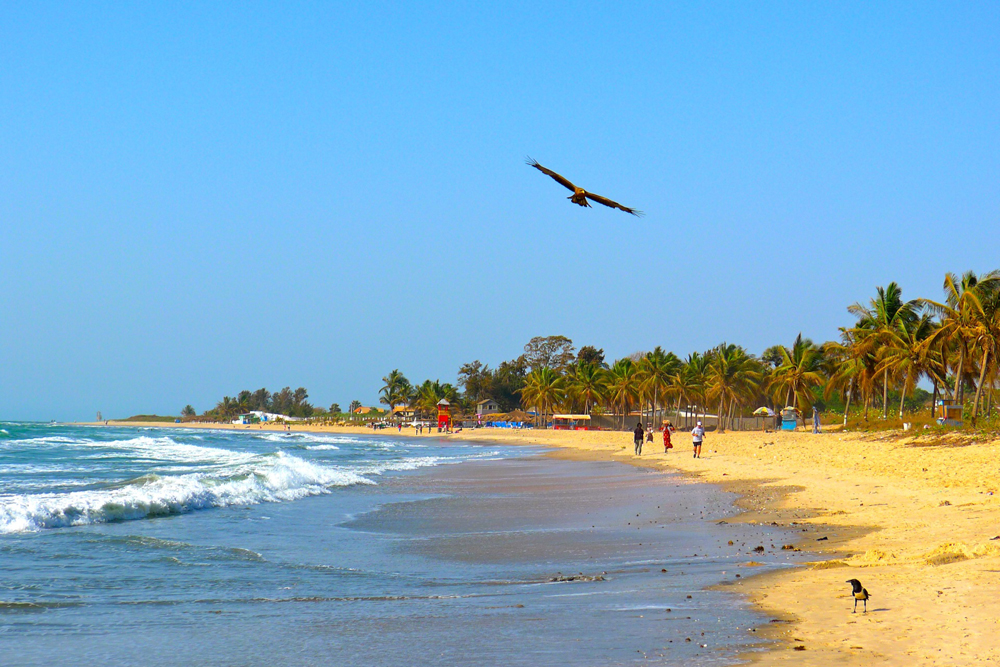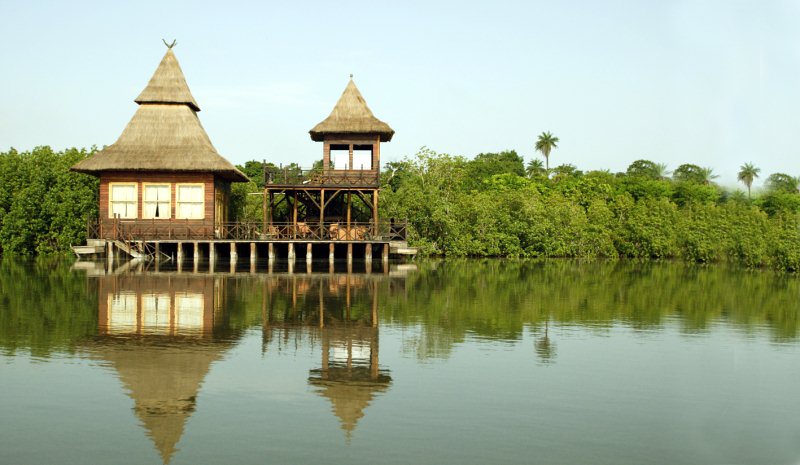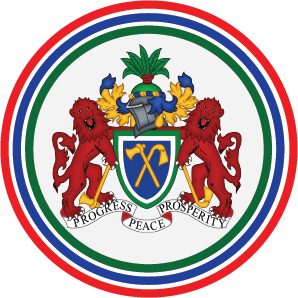
The Gambia has a tropical climate with well-defined rainy and dry seasons. The rainy season lasts from June to October. Agricultural production must be concentrated during this season. Rainfall varies considerably from year to year, averaging about 1,020 mm (about 40 in). But it ranges from less than 750 mm (30 in) to more than 1,500 mm (60 in).
The dry season extends from November to May. During March, April, and May, the harmattan, a hot, dry, dusty wind, frequently blows from the Sahara, bringing temperatures that exceed 38°C (100°F) to the interior of the country. Temperatures along with the coast range from 18°C (65°F) in the wet season to 32°C (90°F) in the dry season.
Natural Resources

Plants and Animals

The natural vegetation of the upland areas consists of wooded, but open, savanna. However, intensive clearing for agriculture has destroyed most of the original tree cover. The government has set aside some areas as forest parks and has planted trees in other areas. Mangroves grow in abundance along the Gambia River, and oil palms have been planted on plantations.
Wild animal life has become scarce in The Gambia, but the birdlife is exceptionally rich, especially in the large mangroves near the rivers. The animals most commonly seen include monkeys, baboons, wild boar, and several species of antelope. Hippopotamuses and crocodiles can be seen in the central and upper zones of the Gambia River. Lions and hyenas live in the Abuko Nature Reserve, 24 km (15 miles) from Banjul.

